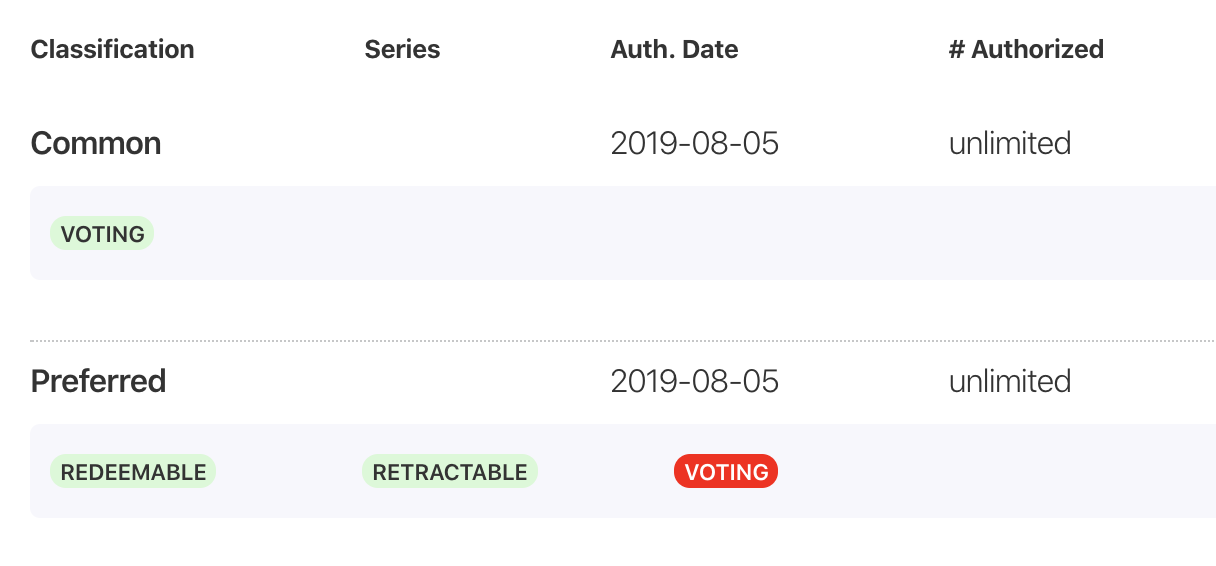Corporate Governance
Entity & Subsidiary Management
Company Formation, Annual Maintenance, Government filings
Company Formation
Track constating details for corporations, partnerships, trusts and more.
Annual Compliance
Never miss annual compliance dates and deadlines.
Cap Table Management
Advanced cap tables with options, warrants, units and vesting schedules.
Ledgers & Registers
Dynamic ledgers and registers are always up to date.
Calendar Reminders
Schedule email reminders for calendar items with custom bring-forward dates.
Track Registrations & Foreign Qualifications
Keep track of every foreign registration no matter where you are doing business.
Data Room
Secure Data Rooms, View Tracking and AI Assistant
Data Room
A secure place to store any kind of document, small or large.
AI Assist
MinuteBox AI can categorize documents and let you chat with them.
View Tracking
Powerful analytics show you what's been viewed, for how long and by whom.
Secure Sharing
Advanced sharing settings put you in control of who has access and for how long. Watermark files for advanced protection.
Contract Management
Manage Contracts and Automatically Classify with AI Assist
Centralized Contract Repository
A single, centralized place for all company contracts and agreements.
AI Categorization & Extraction
Extract key contract details and categorize agreements using MinuteBox AI.
Chat with your Contracts
Select multiple contracts for advanced AI document chat all at once.
Date Tracking
Track key contract dates like formation, expiry and renewal dates.
Integrated Data Room
Turn any contracts repository into a data room with secure sharing.
Board Portal
Meeting Notices, Secure Board Rooms, Track Meeting Minutes
Secure Board Portal
A secure place to store all your important board meeting documents, presentations and approvals.
AI Document Chat
Allow directors to interact with and ask questions of board documents using MinuteBox AI.
Integrated Director Voting
Need approval? Track votes on key governance decisions.
Committee Rooms
Easily create board rooms for committee meetings for audit, finance and compensation committee.
Director & Officer Questionnaires
Send questionnaires to directors, officers or anyone else that you need to collect key information from.
Meeting Minutes
A centralized place to store previous meeting minutes, get signatures and track meeting details.
Registry Services
Corporate Registry Filing, Annual Returns, Government Compliance
Incorporation & Formation
Quickly and reliably form corporations and entities, keeping your business compliant from day one.
Name Search & Reservation
Easily search, reserve and register your chosen business names with streamlined efficiency.
Corporate Changes
Manage corporate amendments, officer changes and updates with ease and accuracy.
Annual Returns & Reports
Automate filing annual returns and reports to ensure ongoing corporate compliance effortlessly.
Corporate Searches
Conduct litigation, PPSA, bankruptcy and USA searches with comprehensive results and summaries.
Secure Document Sharing
Share search results and documents securely with robust access controls and encryption.
Board Meeting Notices
Company Formation details
Secure Board Portal
Company Formation details
AI Document Chat
Company Formation details
Integrated Director Voting
Company Formation details
Committee Rooms
Company Formation details
Director & Officer Questionnaires
Company Formation details
Meeting Minutes
Company Formation details
Product Tour
Checkout MinuteBox in Action
Book a Demo
How it Works
Transactions and Enterprise Features
Who it's For
Resources
Resources by Topic
Blog
Explore insights and tips for legal professionals.
Integrations
Seamlessly integrate MinuteBox with your favourite tools.
Guides
Access detailed handbooks to streamline workflows.
Webinars
Learn from industry experts with on-demand webinars.
Press
Stay updated with the latest MinuteBox news.
Education
Empower students and educators with hands-on tools for legal training and curriculum development.
Precedents
Access templates and documents for legal processes.
Security
Learn how MinuteBox protects your data.
Login




 One way to do this would be to setup another share class, this time a preferred share class that has different rights and privileges than the common shares already issued. In this case, Batman and Robin want to maintain the 60/40 control and ownership relationship that they already have but they want to ensure Batman receives his dividend and a preference in case the company is sold or has some other liquidation event. To do this, a preferred share class would be setup and that class of shares would have different rights than the common shares. For example, the preferred share class might have a dividend right and a preference or you might choose to make it redeemable or *retractable at a value equivalent to the amount of capital that Batman is putting into the company.
One way to do this would be to setup another share class, this time a preferred share class that has different rights and privileges than the common shares already issued. In this case, Batman and Robin want to maintain the 60/40 control and ownership relationship that they already have but they want to ensure Batman receives his dividend and a preference in case the company is sold or has some other liquidation event. To do this, a preferred share class would be setup and that class of shares would have different rights than the common shares. For example, the preferred share class might have a dividend right and a preference or you might choose to make it redeemable or *retractable at a value equivalent to the amount of capital that Batman is putting into the company.






